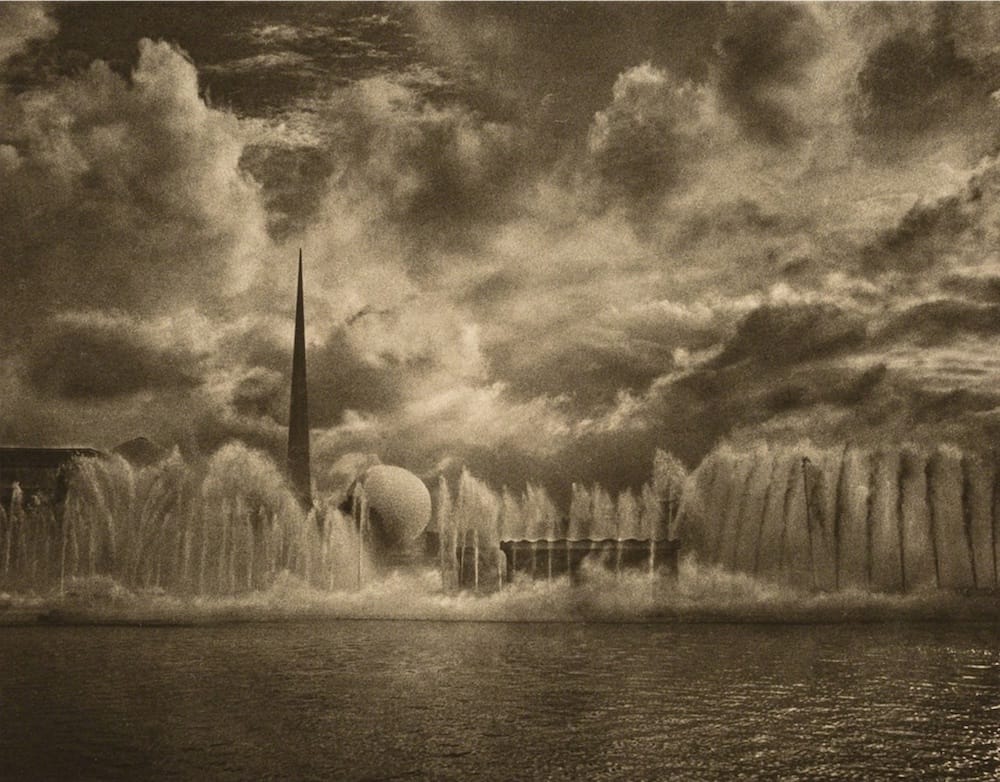Adolf Fassbender (All Photographs are Lies)
Adolf Fassbender, in his 1943 essay “Why Bother?”, laid the foundations for an argument that there can be no purely mechanical photographic portrayal of a scene independent of the photographer making the image.

“Is it not a fact that control begins the moment we think of taking a picture?”
(Part 3 of a series)
Adolf Fassbender’s dedication to pictorialism long outlived the pictorialist movement. I don't get the impression his works are very well known anymore. If they aren’t, I suspect it is because his dedication to an unpopular genre in a period of great upheaval in the photographic world.
It’s a pity, really, because I think he has something interesting to say. Indeed, when I first began formulating the thesis that “all photographs are lies”, David Senoff informed me I might be a bit late—over 80 years late—to the party. He shared with me a 1943 essay by Fassbender, “Why Bother?” (The American Annual of Photography 1944 V.58, 1943, Frank R. Fraprie and Franklin I. Jordan. eds., pp. 153–162) that starts to tackle very much the same argument, albeit in a different context and with different aims.
(It’s nearly impossible to find a copy of this article online, and copyright laws prevent me from sharing, I’m sorry to say (but ask me again in 2038). And there are later revisions to this essay that I’d love to read, but can't manage copies of. So you’ll just have to take me at my word.)
The crux of Fassbender’s thesis is this. He observes that straight photographers allow themselves to edit a photo in the darkroom only to the extent that such editing overcomes technical faults in the production of the final image. But, he argues—rather late in the essay—that overcoming many of the technical faults we might observe require a very foggy definition of “truth”.
Some mechanical faults are reasonably easy to identify as such. For example, a speck of dust on the negative will produce a mark that was clearly not part of the scene we photographed. Correcting that fault doesn't require much of a value judgment.
However, some mechanical faults do not admit of purely mechanical means of remediation. In particular, the mapping of tone values from a scene to a negative and from a negative to a print requires artistic judgment. Light from the sun can produce fifteen stops or more of difference between shadow and highlight, but most films will capture only eight to ten. And paper can reproduce only a much more limited range of contrast than film, we must make these decisions a second time during the printing process. How do we decide how to map those? Do we compress them? Do we expose for the shadows? Do we dodge and burn to selectively change the contrast or sensitivity in different parts of the image? These are artistic questions, and we can only approach answering them if we abandon any objective notion of truth in a photograph, by consider the “mood and feeling conveyed” by the scene that compelled us to photograph it in the first place.
And once we admit to ourselves that our prints necessarily contain a great deal of interpretation already, are the lines distinguishing straight photography and pictorialism really so clear and bright after all?
Fassbender doesn’t really press this conclusion very hard. He only wants to be clear on why and how he edits an image to the degree that he does. I think he knows that the ideological battle was lost decade ago. But there is nevertheless an important kernel of truth in here that I really appreciate: That the idea a photograph can somehow be purely “true”, independent of the intentions and feelings of the photographer is not well grounded.
Support this blog
If you enjoy reading this blog, I encourage you to consider purchasing a book or print to show your support. And if you're into analog photography, check out my new mobile app Crown + Flint.

